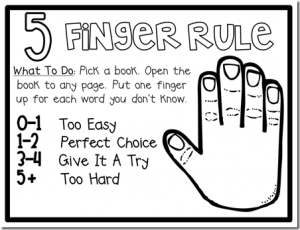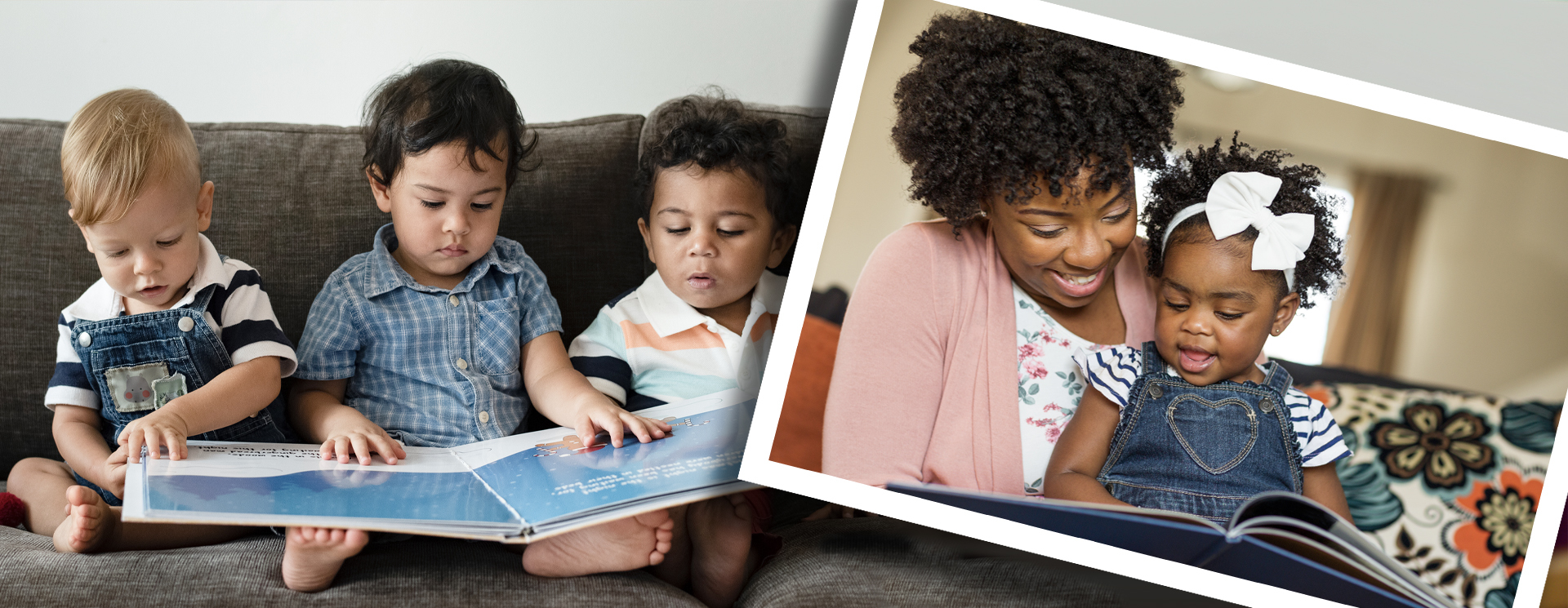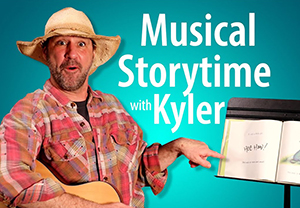Reading Tips
reader
You will always be your child's first teacher. The library provides you resources to encourage your child to embrace reading from early childhood to adulthood. Here are some good tricks of the trade for building a love for reading and sustaining it through all stages of development.
Every Child Ready to Read
For babies, toddlers and preschoolers, reading skills are developed with all kinds of activities, not just reading books. Check out these five ways to get your child ready to read when they enter kindergarten.
text
5-Finger Rule
Try this! Bring your child to the library or bookmobile and let them choose a book to check out. Ask your child to use the 5-Finger Rule: Open the book to any page and start reading. Every time they encounter a word they don't know, raise a finger. Here's how you know if the book is just right for your child:

- 0-1: Too easy.
- 2-3: Just right.
- 4: Okay to try.
- 5: Too hard.













 Children learn about language through rhythm, rhyme and using words to tell stories through song. Sing whenever the mood strikes! It builds a great foundation for reading.
Children learn about language through rhythm, rhyme and using words to tell stories through song. Sing whenever the mood strikes! It builds a great foundation for reading.
